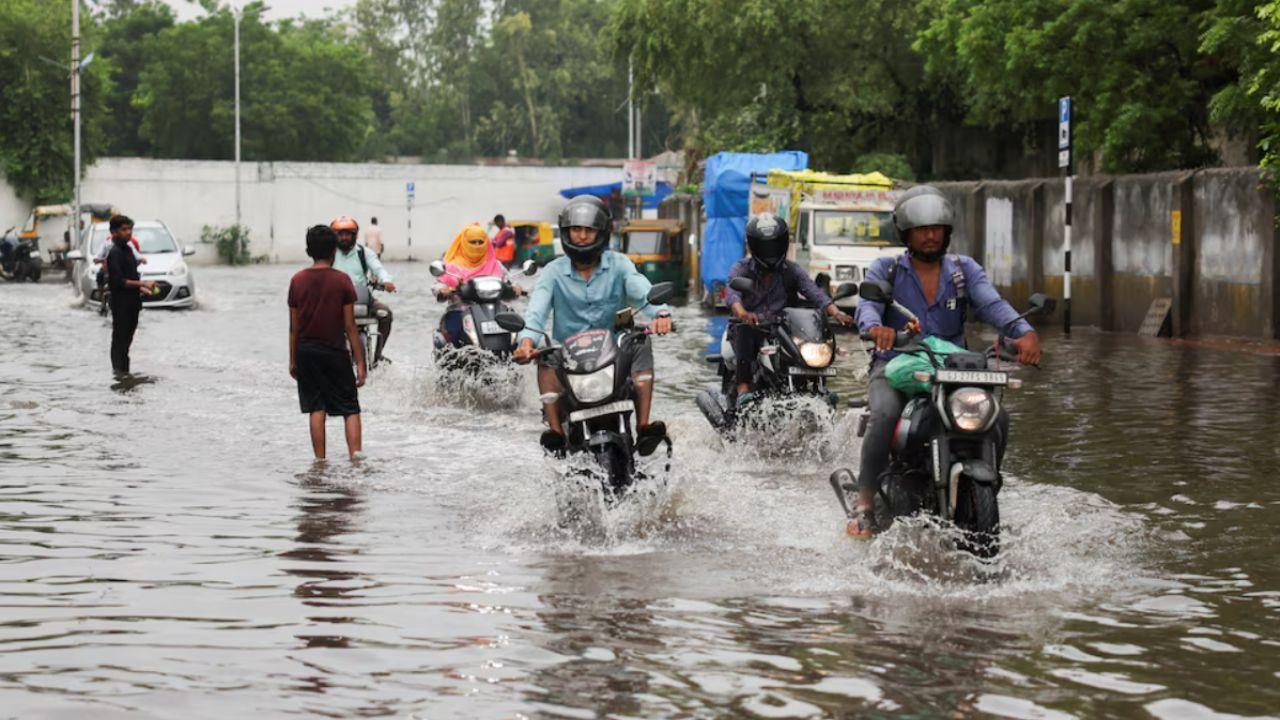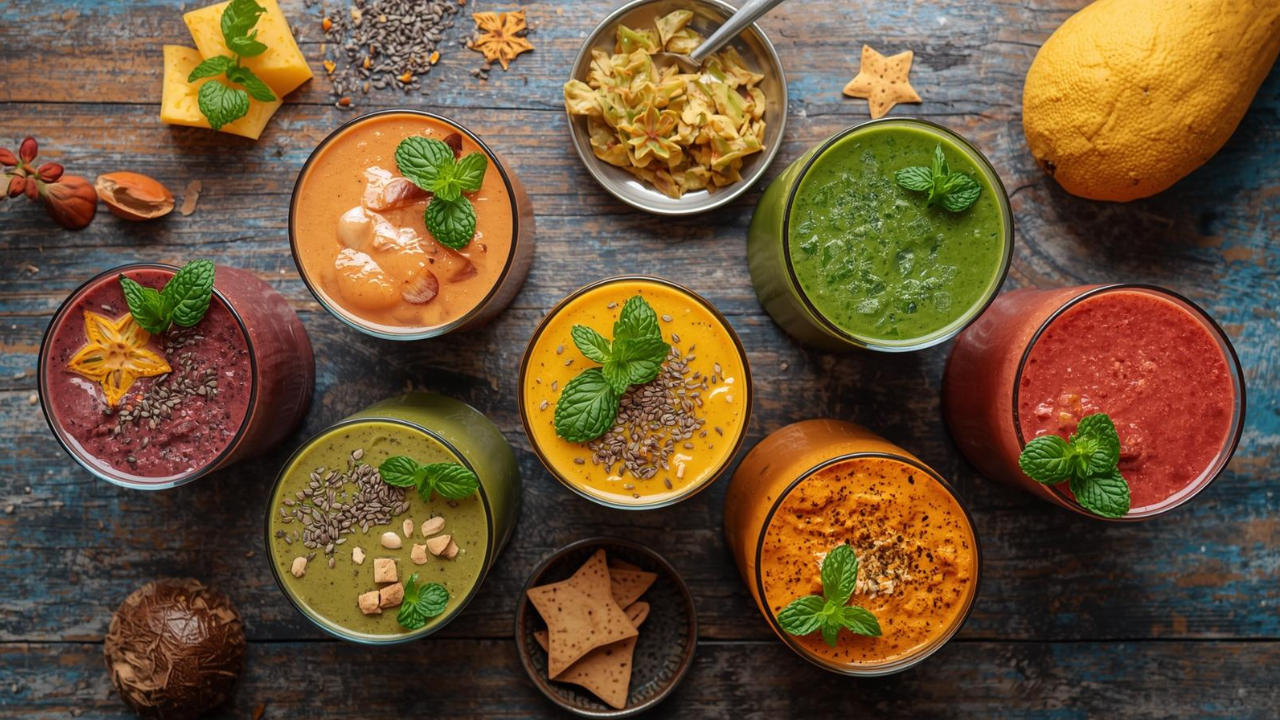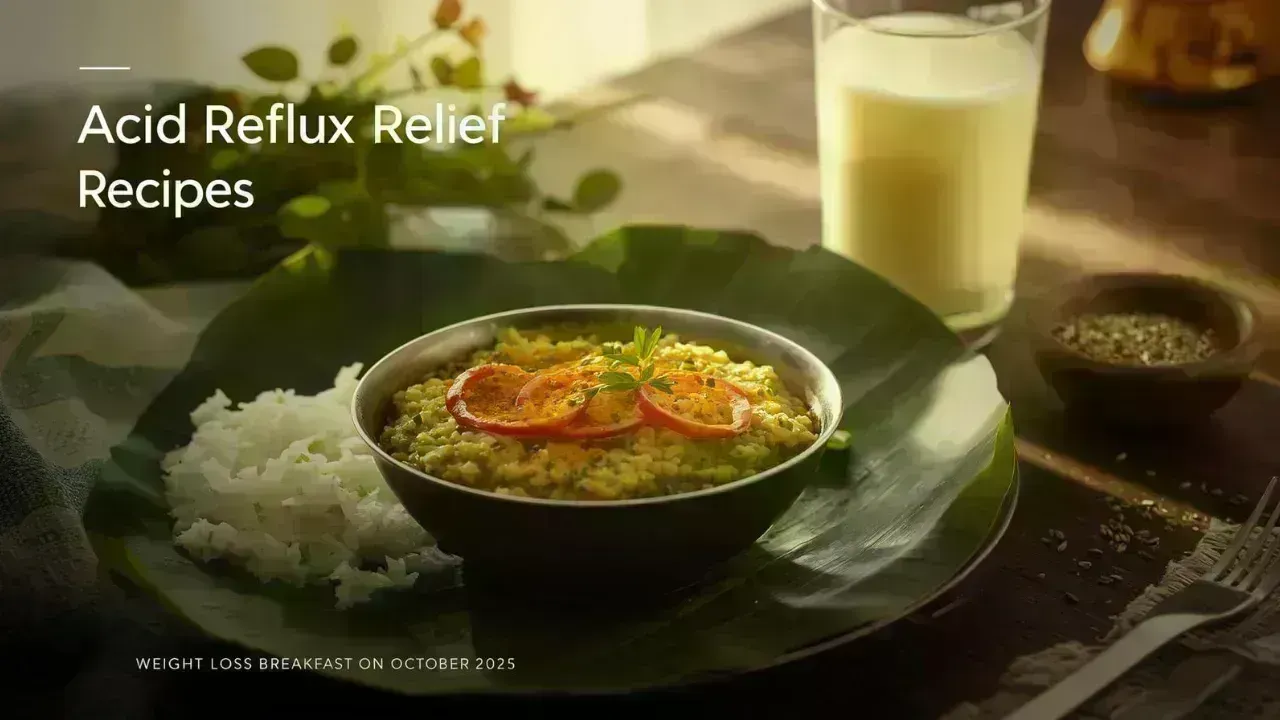
Post by : Priya
Photo:Reuters
The region of Kashmir, long known for its political and military tension between India and Pakistan, is once again at the center of a growing crisis. This time, the issue is not just territorial or ideological — it's about water.
For decades, the two nuclear-armed nations have shared a fragile peace over the Indus River system, one of the largest and most vital water sources in South Asia. Now, that peace is in danger.
Rising tensions between the two countries, combined with the effects of climate change and growing water demands, are putting the future of over 200 million people at risk. A breakdown in cooperation over water could lead to a crisis that affects agriculture, electricity, drinking water, and even peace in the region.
The Importance of the Indus River System
The Indus River system is one of the most critical water sources in the world. It originates in the Himalayas in Tibet and flows through India and Pakistan before emptying into the Arabian Sea. The system includes six major rivers:
The Indus
The Jhelum
The Chenab
The Ravi
The Beas
The Sutlej
These rivers are not just bodies of water — they are lifelines. They irrigate millions of acres of farmland, power hydroelectric plants, and provide drinking water to countless towns and villages in both countries.
In Pakistan, around 80% of the farmland is watered by rivers from the Indus system. Without it, Pakistan’s agriculture-based economy would collapse.
In India, especially in northern states like Punjab, Haryana, and Jammu & Kashmir, the rivers are equally important. They support local food production, urban water needs, and renewable energy goals.
The Indus Waters Treaty: A Rare Example of Peace
Amid a troubled history between India and Pakistan, the Indus Waters Treaty (IWT) stands as a symbol of successful cooperation. Signed in 1960 with the help of the World Bank, the treaty divided the use of the Indus waters between the two countries:
India received control over the three eastern rivers — Ravi, Beas, and Sutlej.
Pakistan got control of the three western rivers — Indus, Jhelum, and Chenab.
This agreement was designed to reduce conflict and promote peace over water, even when other disputes continued. Remarkably, the treaty has survived three wars between the nations.
But now, the stability of the treaty is being tested like never before.
Rising Tensions: Politics and Pressure
Over the past few years, the political climate between India and Pakistan has worsened. Cross-border attacks, growing military presence in Kashmir, and nationalistic rhetoric have made cooperation harder.
Some Indian leaders and media voices have openly suggested using water as a pressure tool against Pakistan. Although India has not officially broken the treaty, it has increased work on dams and hydroelectric projects on the western rivers — rivers that are supposed to be used mainly by Pakistan.
These projects include the Kishanganga and Ratle dams in Jammu & Kashmir. Pakistan argues that such projects reduce water flow during key farming seasons, hurting its economy and food supply.
India, on the other hand, says these projects are legal under the treaty's terms, which allow for certain uses like hydroelectric power — as long as they don’t stop the natural flow of water.
Climate Change Adds New Pressure
While political disputes are heating up, another powerful force is silently making the situation worse — climate change.
Glaciers in the Himalayas, which feed the Indus River system, are melting at a faster rate due to rising global temperatures. Scientists say that although this might increase river flow in the short term, it will eventually lead to reduced water availability as glaciers shrink.
In addition, unpredictable weather patterns, reduced rainfall, and longer dry seasons are putting extra pressure on both countries’ water systems.
According to a UN report, India and Pakistan are among the most water-stressed countries in the world. By 2025, both nations could face severe water shortages unless urgent action is taken.
The Human Cost: Who Will Suffer Most?
At the heart of this issue are the people — the farmers, families, and communities who depend on the Indus rivers every day.
In Pakistan, over 110 million people rely on the Indus system for drinking water and farming. In India, about 90 million people are in the same situation.
If tensions over water grow worse, ordinary citizens will be the ones who suffer. Farmers may lose crops. Cities could face water shortages. Food prices might rise. And in some places, lack of water could lead to protests or migration.
A War Over Water?
Water has always been a sensitive issue between India and Pakistan. Now, some fear that it could become a reason for a future conflict.
Military experts warn that if the Indus Waters Treaty collapses or is ignored, it could trigger a serious security crisis. A sudden change in water flow, either natural or political, could be seen as an act of aggression.
The two countries already have thousands of troops stationed near the Line of Control (LoC) in Kashmir. Any new incident — especially related to water — could lead to further escalation.
As one analyst said, “A war over water is not just possible — it’s becoming more likely unless something changes.”










NBA Friday Recap: Powerhouse Wins for Miami, LA, Milwaukee, and Clippers
Miami, LA Lakers, Milwaukee, and Clippers triumphed in a thrilling NBA Friday, showcasing standout p

Doncic Shines with 49 Points in Lakers' 128-110 Victory over Timberwolves
Luka Doncic dazzles with 49 points as the Lakers secure a 128-110 win against the Timberwolves, show

Kings Triumph Over Jazz 105-104 with Last-Minute Sabonis Effort
The Sacramento Kings edged out the Utah Jazz 105-104, with Domantas Sabonis making the decisive shot

Argentina's Friendly Match Against India Delayed, New Date to be Announced
The friendly match between Argentina and India in Kochi has been postponed due to FIFA approval dela

Rohit and Kohli Conclude ODI Journeys in Australia with a Victory
Rohit Sharma and Virat Kohli bid adieu to Australian ODIs with a final win, forming a 168-run partne

George Russell's Wrestling Mask Antics at Mexican Grand Prix
George Russell donned a wrestling mask to enjoy the Mexican Grand Prix from the stands, providing a